Ahoalan-Nachpikin Lodge History
Ahoalan-Nachpikin Lodge History
The Order of the Arrow is represented in Chickasaw Council by the Ahoalan-Nachpikin Lodge No. 558.This arm of Scouting’s National Honor Society claims over 300 members and is one of the lodges in Section E3. Ahoalan-Nachpikin is composed of four primary officers, 6-7 Committee Chairman, and their respective advisers. Ahoalan-Nachpikin promotes and hosts such events as LOAC (Lodge Order of the Arrow Conference, similar to NOAC), Fall Fellowship, and Induction Weekends.
A Tale of Two Lodges
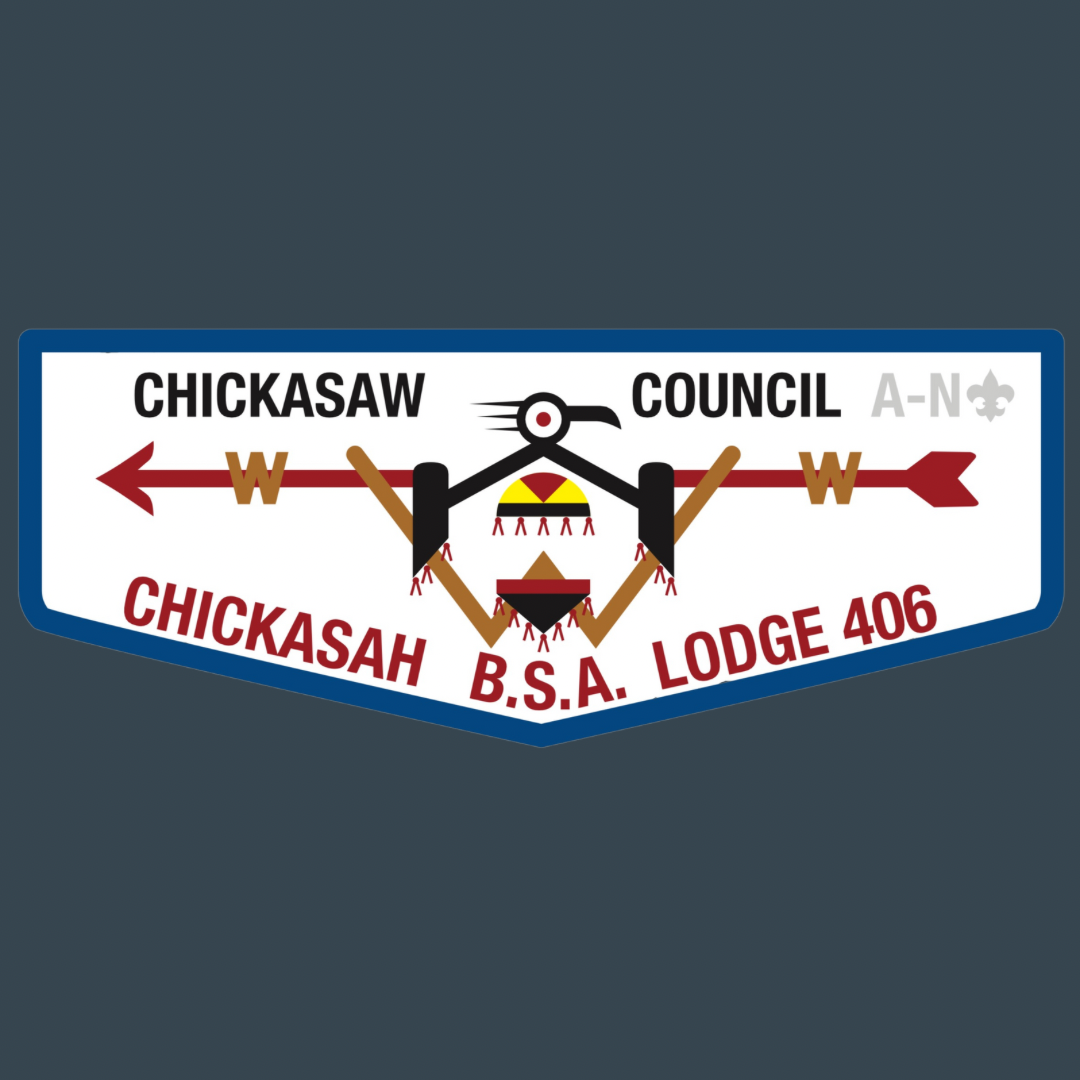
Chickasah #406
The Order of the Arrow lodge in the Chickasaw Council began as an outgrowth of an organization called the “Council Scouts,” a local group of honor campers within the council with much the same ideals as the Order of the Arrow. They were known as the Order of Kamp Kia Kima. For many years it had been a tradition that each week at Kia Kima, those Scout campers who best exemplified the ideals of the Scout Oath and Law were led to a secret campfire circle deep in the woods and given an Indian name. The Council Scouts would meet periodically during the year and would use their Indian name in connection with meetings and correspondence. Many Council Scouts served on the camp staff just as many Arrowmen do today.
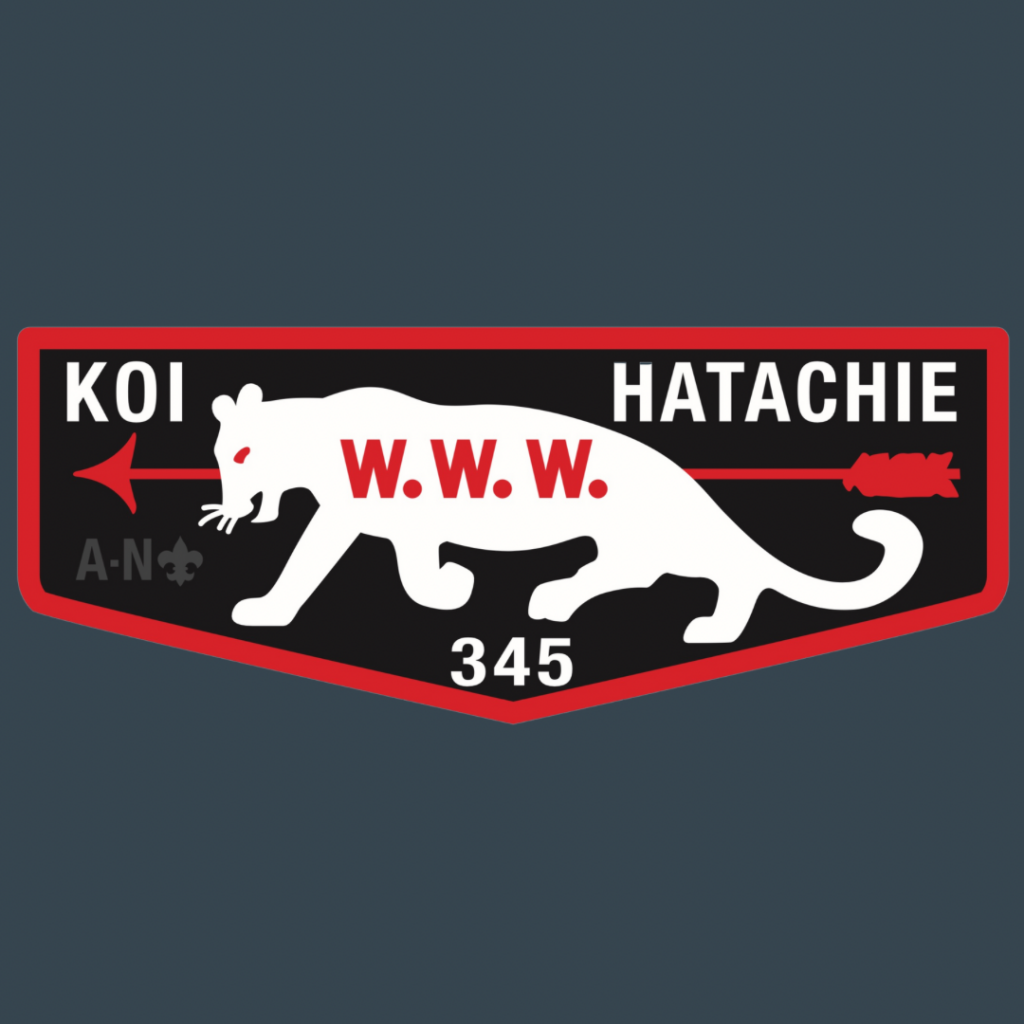
Koi Hatachi #345
Koi Hatachi #345
Lodge 345 was organized in 1946 by Mr. Hudson, who was Scout Executive of the Delta Area Council. The first tap out was held at summer camp in July, 1946. The first six members of the Lodge were summer camp staffers. The first meeting of the newly formed Lodge was in December of 1947. Officers for 1948 were elected at that time. Since that date the Lodge has elected officers in the fall of each year.
During those early years at Camp Tallaha, a tale was told around campfires about an old Choctaw Indian Chief and his constant companion, a White Panther. It seemed the old Indian Chief was killed and his faithful White Panther has been roaming the hills looking for his friend for these many years.
Because this story was so engraved into the history of the Camp, it was only natural that when the lodge was formed that the White Panther was selected as the totem for the Lodge .
The name White Panther and totem was retained from 1946 to 1955. At that time the name was changed to “Koi Hatachie” which is thought to mean “White Panther ” in the Choctaw Indian language.
Lodge Merger
Lodge Merger
The 1994 Fall Fellowship was a joint event between the 345 Koi Hatachie and 406 Chickasah lodges. The Chickasaw and Delta councils were in the process of merging. The fall elections were held during the fellowship at Camp Tallaha, located outside Charleston, MS, to select the new Lodge Executive Council (LEC).
It was agreed to have a balanced representation of leadership from the two merged lodges. After an Arrowman from 406 was elected Lodge Chief, nominations were then limited to members of 345 for 1st Vice Chief. All the other offices were open to Arrowmen from either lodge. Only the position of 2nd Vice Chief ran opposed.
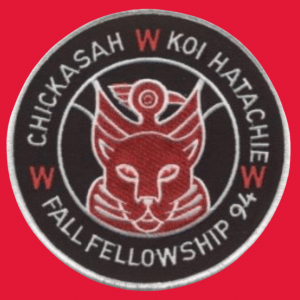
First Fellowship Patch
First Fellowship Patch
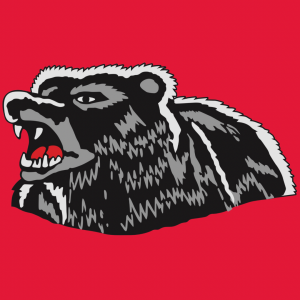
First Lodge Totem
First Lodge Totem
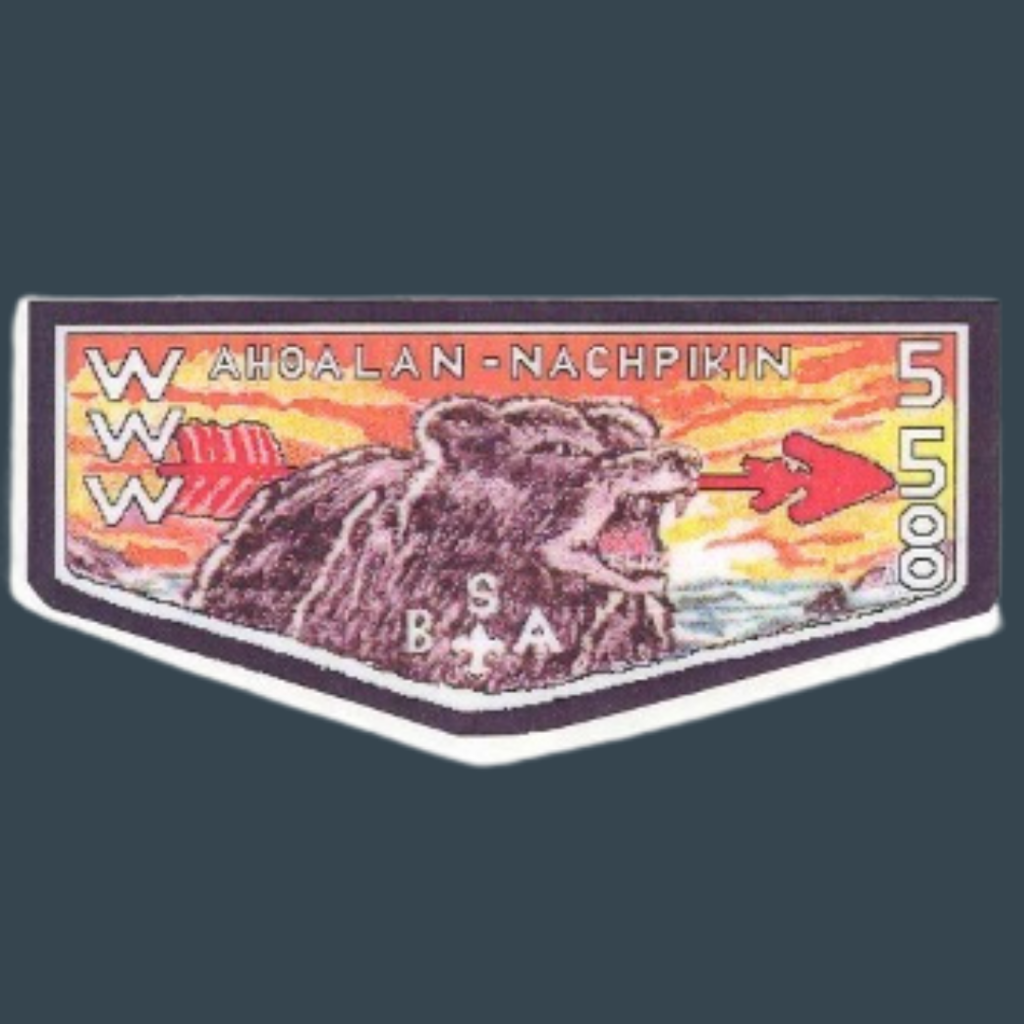
The Ahoalan-Nachpikin Lodge
The Ahoalan-Nachpikin Lodge
In 1994, youth leaders from the Chickasah and Koi Hatachie lodges met to determine a name and totem for their newly merged Order of the Arrow lodge. Their initial choice was “Nuwingi-Achewon” (“the willing, the strong”) with a phoenix totem, but this was rejected by an oversight committee. After further deliberation and armed with a Lenni Lenape dictionary, they settled on the name “Ahoalan-Nachpikin” meaning “we who love the woods and camping.” A black bear was chosen as the totem, symbolizing the animal’s historical presence in the Tennessee, Mississippi, and Arkansas region.